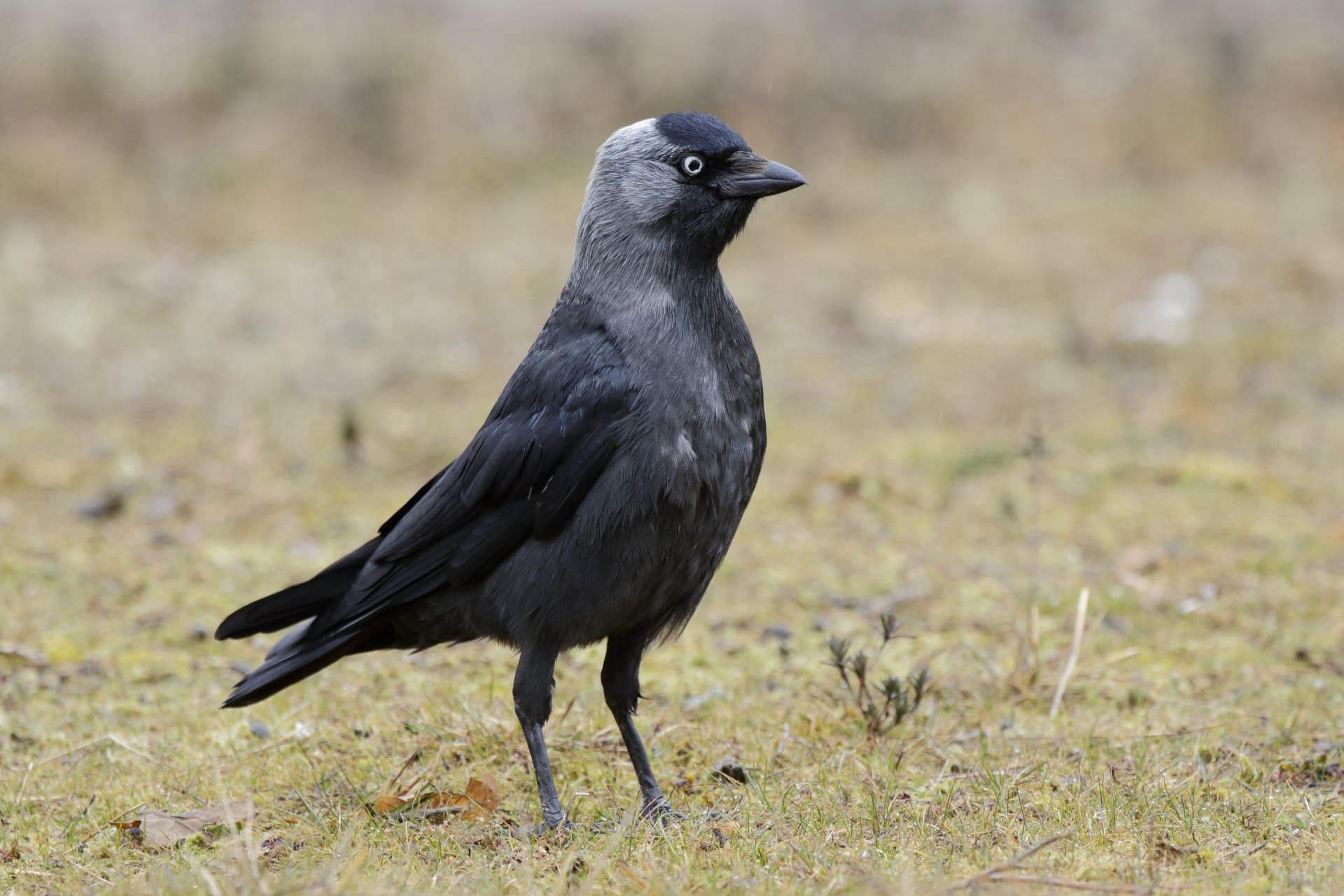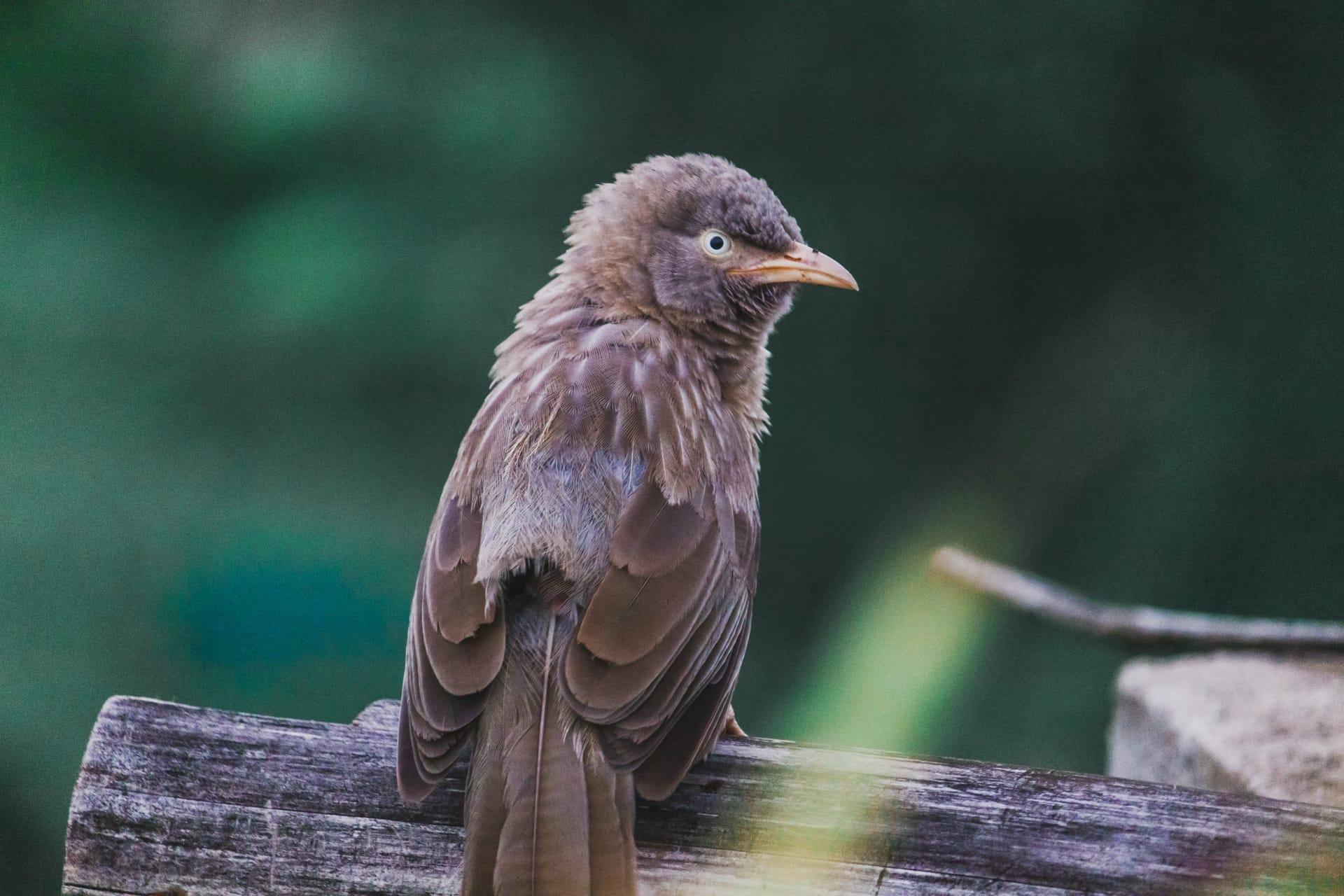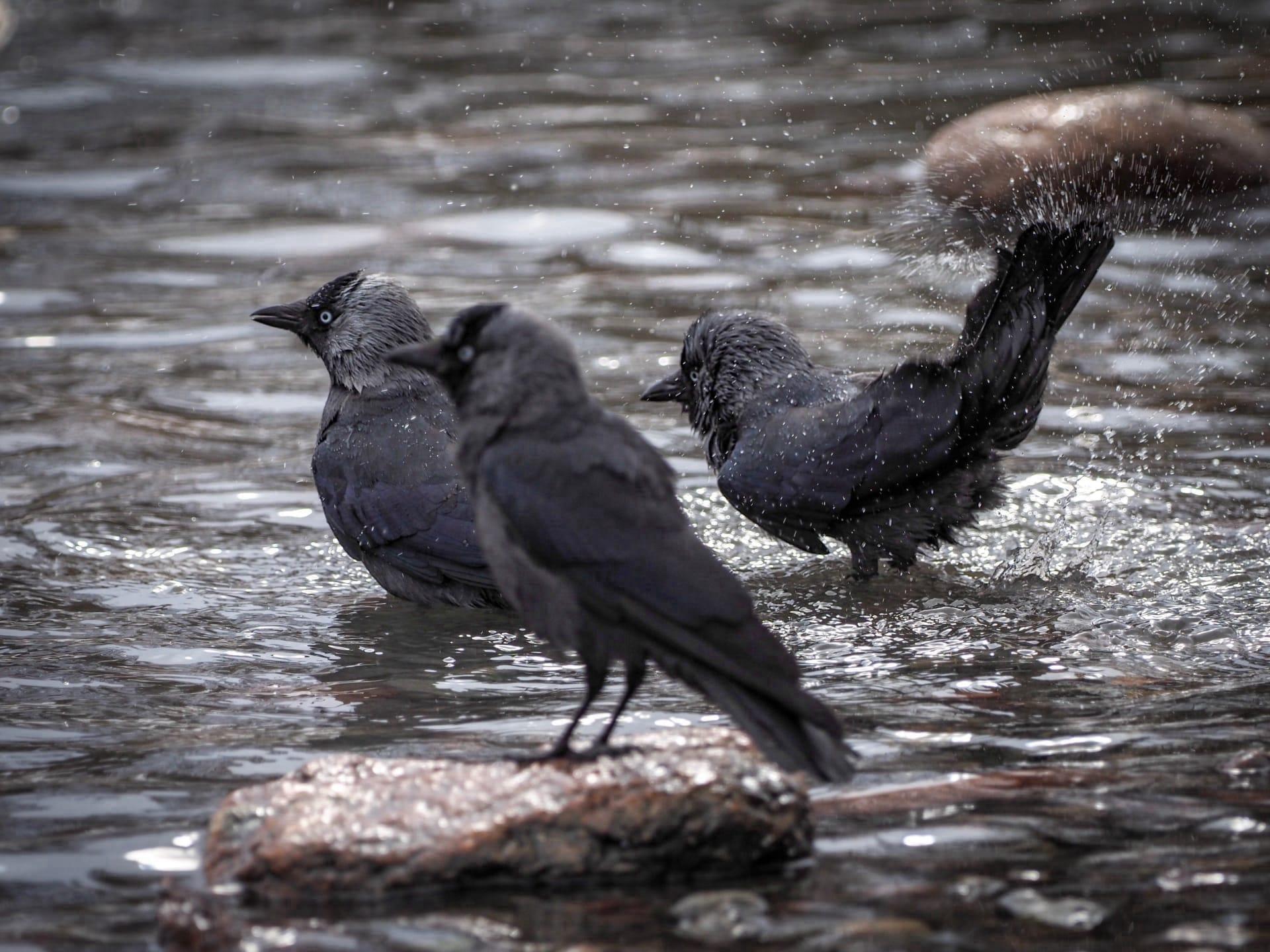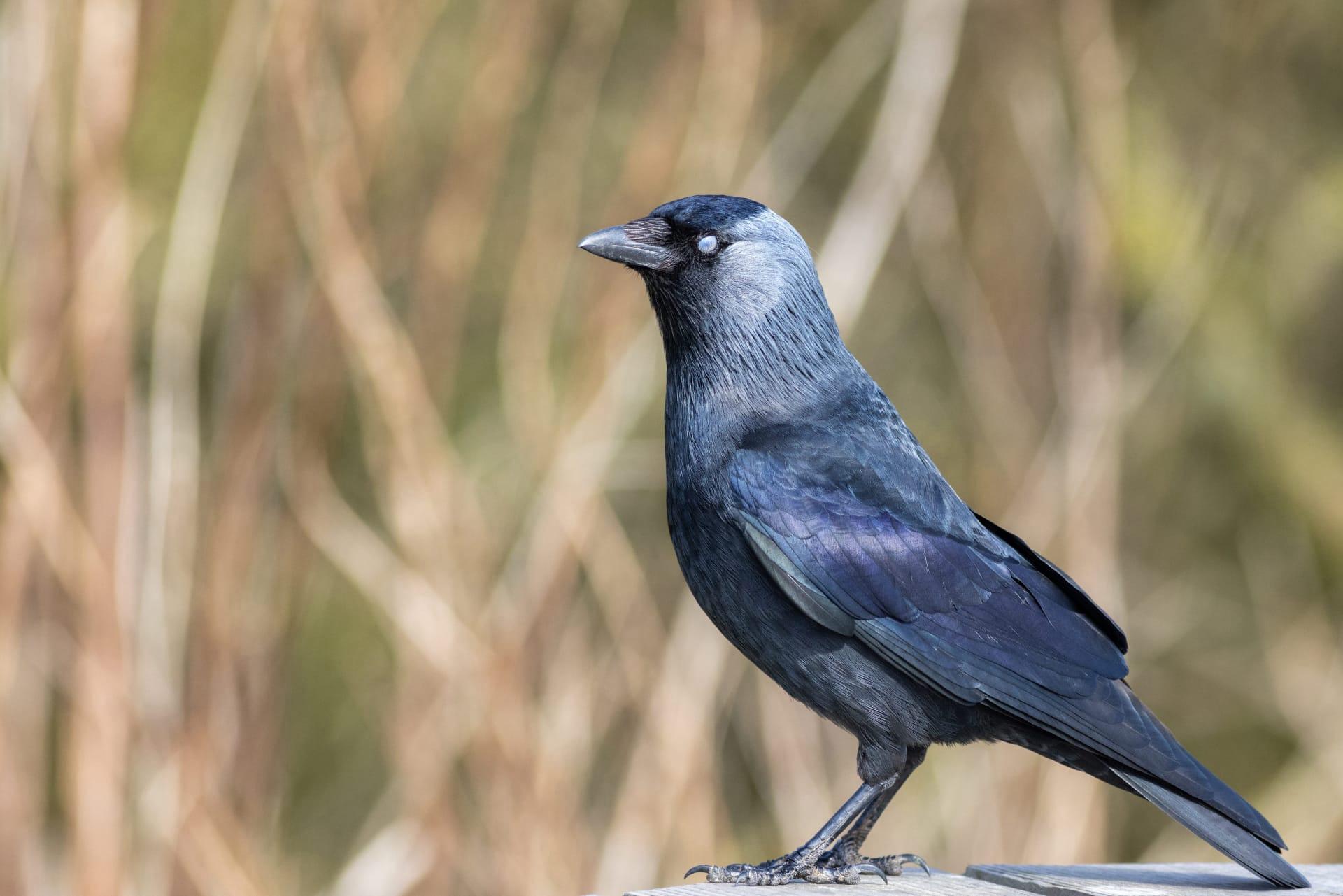1
Jackdaws, known scientifically as Corvus monedula, are highly intelligent members of the crow family. One remarkable aspect of their intelligence is their ability to recognize themselves in mirrors, a trait rare in the animal kingdom and shared with only a few species like dolphins, elephants, and great apes. This self-recognition indicates a high level of cognitive ability, suggesting they possess some sense of self-awareness. Additionally, jackdaws use their intelligence in social settings, often forming complex social hierarchies within their communities.
These birds are also known for their striking eyes. Unlike other members of the crow family, which typically have dark eyes, jackdaws have pale blue or silvery eyes, which become more pronounced as they age. This unique eye coloration isn't just for show; it plays a crucial role in their communication. Their bright eyes are more visible against their dark feathers, allowing them to convey subtle social signals to one another. This eye-to-eye communication is particularly important during the breeding season when establishing pair bonds and during social interactions within their flocks.

2
Jackdaws are masters of mimicry and can imitate a wide range of sounds, including human speech. This skill goes beyond mere repetition; they can modulate their voices to sound like different individuals. This ability to mimic is not just an amusing party trick; it plays a vital role in their social interactions. By mimicking sounds, jackdaws can identify each other, strengthen social bonds, and even use it as a tool to integrate into new groups or assert dominance.
Another intriguing fact about jackdaws is their penchant for collecting shiny objects. This behavior, often termed as "magpie-like," is not just a random quirk. Scientists believe it could be linked to their intelligence and curiosity. By picking up and examining shiny objects, jackdaws are exploring their environment and learning about different materials. This behavior is most common among younger birds, indicating it could be a way for them to interact with their world and develop cognitive skills.

3
Jackdaws have a unique way of nesting. They prefer to nest in natural cavities, like tree holes, but they're also known to adapt to urban environments, using chimneys and buildings as nesting sites. What's fascinating is their choice of materials for building nests. They use sticks and twigs, but they also incorporate wool, hair, and even pieces of paper. This eclectic mix of materials shows their adaptability and resourcefulness in various environments.
In terms of diet, jackdaws are opportunistic feeders and display a varied diet. They eat insects, seeds, fruits, and even garbage in urban areas. However, they are also known to exhibit a fascinating behavior known as "anting." During anting, jackdaws allow ants to crawl on their feathers or they rub ants into their feathers. It's believed that the formic acid produced by the ants helps to get rid of parasites. This unusual behavior showcases jackdaws' ability to use their environment to their advantage in maintaining hygiene and health.

4
Jackdaws are one of the few bird species known to participate in what is called "play behavior." They have been observed sliding down sloped roofs or snow-covered hills, seemingly just for fun. This playfulness is thought to be a part of their learning process, aiding in the development of their motor skills and cognitive abilities. It also helps in strengthening social bonds within their groups. Observing jackdaws at play provides a unique insight into their intelligence and social complexity.
Another interesting aspect of jackdaw life is their monogamous nature. Once they form a pair, jackdaws typically stay together for life. These pairs engage in mutual preening, share food, and cooperate in raising their young. This strong pair bonding is rare among birds and highlights the advanced social structure of jackdaws. The loyalty and cooperation seen in jackdaw pairs are a testament to their social intelligence and the depth of their emotional connections.

5
Communication is a significant part of jackdaw life, and they have a complex system of vocalizations. Each call has a specific meaning, ranging from warnings about predators to signals for gathering together. Researchers have discovered that jackdaws can vary the pitch and duration of their calls depending on the situation, indicating a sophisticated level of communication. This ability to convey complex messages through vocalizations is a key element in maintaining their intricate social structures.
Jackdaws show a remarkable ability to adapt to changing environments. In recent years, with increasing urbanization, jackdaws have demonstrated their ability to thrive in urban settings. They've learned to navigate traffic, exploit new food sources, and use man-made structures for nesting. This adaptability is a testament to their intelligence and resilience, enabling them to succeed in a variety of environments, from rural woodlands to bustling cities.